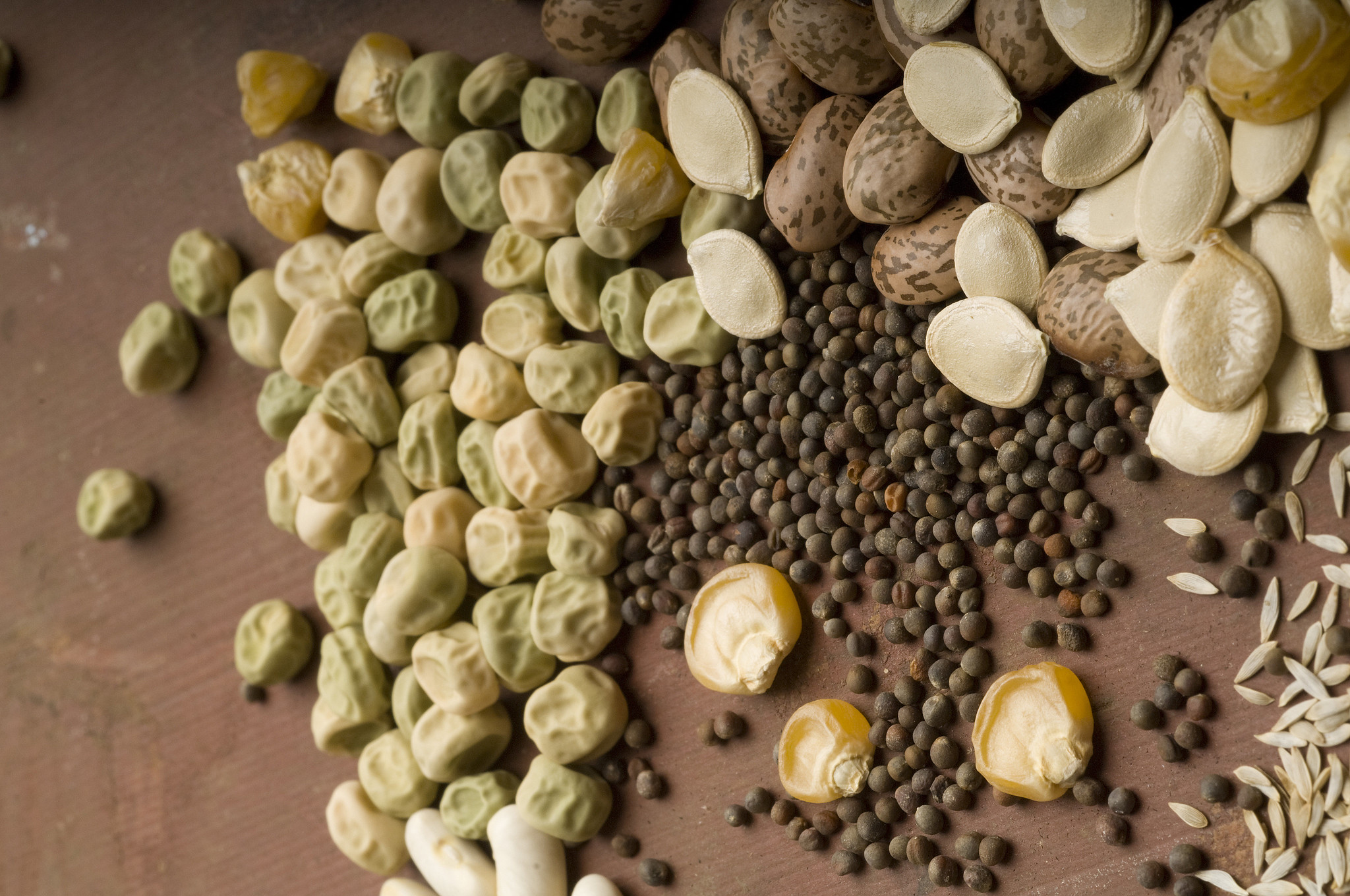As the gardening season winds down and you pick the season’s last vegetables, you can let some plants go to seed and harvest them for planting next year.
“Saving seed can be really fun and is a great way to learn about plants,” said Weston Miller, a horticulturist with Oregon State University Extension Service. “If you choose the right types of vegetables, you can keep them going year after year without buying them again.”
The key to saving seed is selecting open-pollinated or heirloom plants, which produce offspring with the same traits. Hybrids are bred from two different varieties for characteristics like disease resistance or higher yield and won’t come “true to type” in the next generation. Check seed packets or catalog information so that you know which you are buying.
How to save seeds
The easiest crops for saving seed are annual plants that self-pollinate like lettuce, beans, peas, peppers, eggplants and tomatoes.
Collect seed from the healthiest plants and allow them to dry. Harvest lettuce seed when the seed coat turns hard and dark in color. Peas and beans are ready for harvest when the pod dries on the plant. Pepper seeds are ready when the fruit is fully mature and starts to wrinkle.
Seeds from annual herbs like cilantro (coriander), arugula, and calendula are also easy to save. In fact, these annual plants will often self-seed, so if you let the seeds mature on the plants and fall to the ground new plants will start next year.
Tomatoes are a smidgen more complicated. Allow the fruit to fully ripen and scoop the seeds along with the gel that surrounds them and place in a jar of water. Allow this mixture to ferment for up to five days until the seeds sink to the bottom. Then dry seeds on a paper towel.
Many broccoli family crops (broccoli, Brussels sprouts, cauliflower, cabbage, collards, kale, mustard greens) are all part of the same species and are pollinated by insects. Though it is relatively easy to save seeds from these biennial crops, they tend to cross pollinate easily and you might end up with new (and sometimes tasty) traits.
It is more difficult to save seed from other crops, particularly in a garden setting. For example, beets and Swiss chard are wind pollinated and cross with each other. These plants require at least 3,200 feet of isolation to prevent cross pollination. Similarly, corn is pollinated by wind, making it difficult to isolate without special screening.
Carrots are insect pollinated and cross with Queen Anne’s lace, a common weed. Summer and winter squash flowers are also insect pollinated and require isolation to maintain true varieties. The fruit grown from cross-pollinated squash seeds are often bitter tasting, according to Miller.
Store seeds in tightly-sealed glass containers in a cool and dark location. Make sure that you label seeds with the type of seed and the date. A small packet of silica desiccant or powdered milk in the jar can help to remove moisture and keep the seeds dry. The refrigerator or freezer is also a good place for storing seeds that you collect and also seeds that you buy. Put small seeds in envelopes and label them. Place the envelopes in sealable freezer bags.
For information about starting seeds, refer to the Extension publication Propagating Plants from Seed.
About OSU Extension: The Oregon State University Extension Service shares research-based knowledge with people and communities in Oregon’s 36 counties and the Confederated Tribes of Warm Springs. OSU Extension addresses issues that matter to urban and rural Oregonians. OSU Extension’s partnerships and programs contribute to a healthy, prosperous and sustainable future for Oregon.

